Today’s Preppers spend a lot of time, money, and effort setting up their bug out plans and stockpiling their supplies.
If you do not know how to hide your supplies in plain sight, all of your time and effort will be lost.
Many years ago, my uncle (a now deceased bootlegger), told me “don’t keep all your moonshine in one place. Hide it in many small ones.” I feel this advice is good for modern preppers, and have found the following places work well for these needs.
That said, as you explore building and maintaining hideaways, always do your best to disguise them with care, and do what you can to make sure they are not easily detected by police, rioters, or thieves.
Main Floor Wall Storage Areas
There is a lot of hidden storage space behind sheet rock walls and paneling.
- Use heavy knotty pine wood planks of different sizes such as 4‘x 9“ with 4‘x6“, and 4′ x 4“ as paneling. Mix and match these boards so the wall studs are covered.
- When making the door sections use 1“x1/2“ strips of wood as tall as the paneling. This wood is used to hold and support the paneling when the doors are closed. A little bit of hand fitting may be required to get the best fit.
Remember the distance between 2 wall studs is about 16 inches. You can use those sixteen inches from the bottom to the top of the wall, or make small shelves that rest above or below zones where others may use axes or other tools to break into the wall.
Try not to have more than 2 hidden storage areas on the same wall. Make each storage area no more than 3 wall studs in length. Install hidden hinges on the inside of the wall stud and simple screw down attachments on the lock down wall stud.
To have a more organized storage area, add shelves between the wall studs with shelf brackets and test the closing of the doors. Finally add a top trim board to the top of the paneling which can double as a knickknack shelf. You should also trim doorways to complete the effect.
Closets
A bathroom linen closet makes a good hide away. If your shower or bath tub is next to the closet there will be a plumbing access door there. You can also store supplies behind and around the tub; but be sure they are stored in air, water and damp proof bags.
To hide the door into the plumbing area, place active litter boxes, used, but serviceable plungers, toilet brushes, bathroom supplies, or a dirty clothes basket. Take advantage of the “ick” factor and fear of disease to help you hide this particular storage area.
The back of the linen closet also makes a good storage area.
- Remove the sheet rock at the back of the closet.
- Build storage shelves between the wall studs.
- Replace the sheet rock and mount it to the studs with screws instead of nails.
- Replace the shelves and replace the linen on the shelves to hide the back of the closet. Most linen shelves sit on top of 1“x 1“ wood shelf holders that are already attached to the walls.
Most older homes are built with small bedroom closets. When you remodel these rooms include a large walk in closet that sits in front of the old one. The old closet is now the perfect hidden storage room. Remove the old closet trim, then install sheet rock over the opening with screws instead of nails. Return clothes and other personal belongings to the new closet. After a while the new closet will look and feel like it has always been there.
Staircases
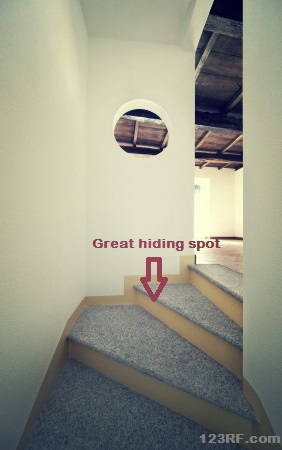
You can always frame the hole with wood or metal, or use support brackets to create hidden shelves inside the steps. When closing the step back up, use screws and cover with carpet.
This is also a good area to use hidden hinges that can be opened using pressure points and locking mechanisms.
The Attic
1. Attic Floor Storage Areas – The attic floor is an excellent area to hide your survival supplies, and it does not matter if it is finished or not. If the attic has not been finished it is a lot easier to build the storage compartments into the floor.
Between the floor beams, build in a bottom to support the items that are going to be stored there. These floor storage areas are for light items only, since you do not want heavy items falling through the ceiling. To cover the floor, use 3/4 inch plywood and secure with screws. To finish off, lay down area rugs that can be easily rolled up and rolled back down.
In finished attics, it is possible to install hide away compartments in the floor. First remove the old floor covering down to the plywood over the beams, and choose the area where the floor compartments are going to be located. Remove the plywood and install the compartment floor plates.
These storage compartments should hold only light items. Replace the plywood floor sections and secure with screws. Lay down area rugs that fits wall to wall and can be rolled up and rolled back down to cover the plywood floor.
2. Attic Wall Crawl Space Areas – It is fairly easy to install hideaways in the crawl spaces of a finished off attic.
- Build cubby hole storage areas 6′ x 3′ tall.
- Frame both ends of the cubby hole.
- Install sheet rock with screws to secure it to the frames.
- Hang a door across the opening that opens outward.
- Trim this doorway for a final touch.
Use this cubby storage area for normal storage. Keep some of your survival stockpile on the other side of each of the sheet rocked walls. To get to your supplies empty the cubby hole storage area, unscrew the sheet rock panels, and remove your supplies.
If you have an unfinished attic with step down construction, take advantage of these steps. Extend the top floor and wall area to cover the step down portion of the attic, and make it look like there are no step downs in this section of the attic.
Reinforce the floor and walls of the new section. This crawl space will be built with nails and hidden screws to give the appearance of a solid wall and floor. The survival supply area will be under the floor and behind the wall.
Hiding Items under the House in False Plumbing
When hiding supplies in plain sight the use of PVC piping and end plates that screw closed. This material is water proof, air tight, and can withstand very cold and hot temperatures.
After you build PVC containers, simply put them in and among existing plumbing. You can splice them into existing PVC pipes with T’s that allow for natural flow of water, and then disguise the supply pipe with a valve, cleaning trap, or some other fixture.
Be creative, but always make it look as if the container is part of the plumbing system.
Under the House Between Floor Joists
Hiding survival supplies under the house between floor joists is a good and safe strategy. Most people are afraid of spiders and snakes. If they were to go to search under your house, they will not want to stay for long.
Make the entrance to under your house as uncomfortable as possible for unwanted visitors. When choosing a place under the house, take advantage of damp spots, or any other area where people will not want to go looking.
Just be sure that your supplies are in water proof containers, and that you can get to the supplies. It is also important to use stainless steel straps to go under the containers to hang piping, which makes a good disguise. Adding insulation in the area between the joists can help you hide all kinds of things, and also keep temperatures more stable in the summer and winter.
Bury Supplies under the House in the Dirt
Most houses crawl spaces have dirt floors. This area is damp, dirty, smelly, and often home to many types of spiders and snakes. Most people just do not want to go under there. This is the perfect place to bury your air tight and water tight containers.
Bury them near foundations or floor supports so you can always find them when you need them.
How to Hide Your Bug Out Supplies in Out Buildings
When hiding supplies in out buildings or sheds it is important to make the buildings look abandoned, or at least not used very often. Keep nothing of value in plain sight.
This building needs to be on the high ground of the property, and within sight of the house. Dig an underground storage area beneath the building, yet above the water table, and then reinforce the pit walls and floor to keep it from caving in.
Store everything in air tight and water tight containers stacked on shelves. Use a lockable trap door to seal the underground storage site and replace the old flooring to its original location.
In conclusion there are many places in and around you home to store your survival stores and weapons. The trick to it is to hide things in plain sight or in areas that might make a person nervous and afraid to continue the search.
Never stop thinking and developing better hiding places to store your survival goods. And, of course, remember never tell others about your supplies or their hiding places.
This article has been written by Fred Tyrell for Survivopedia.


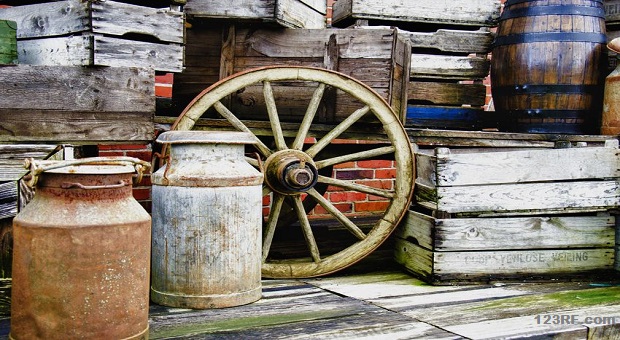


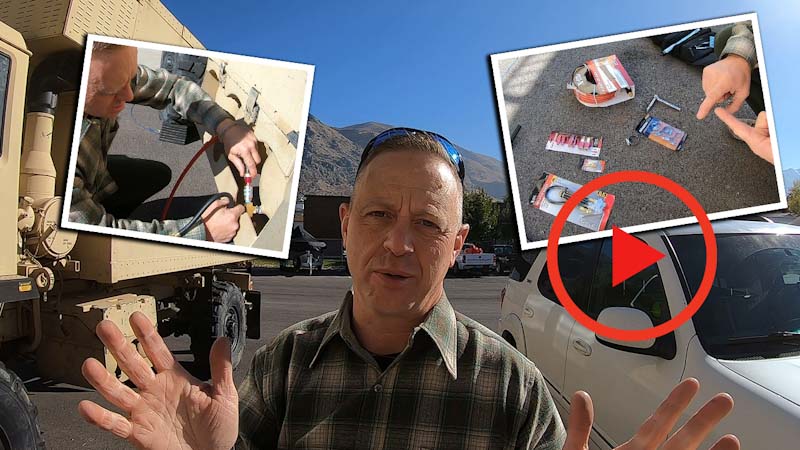
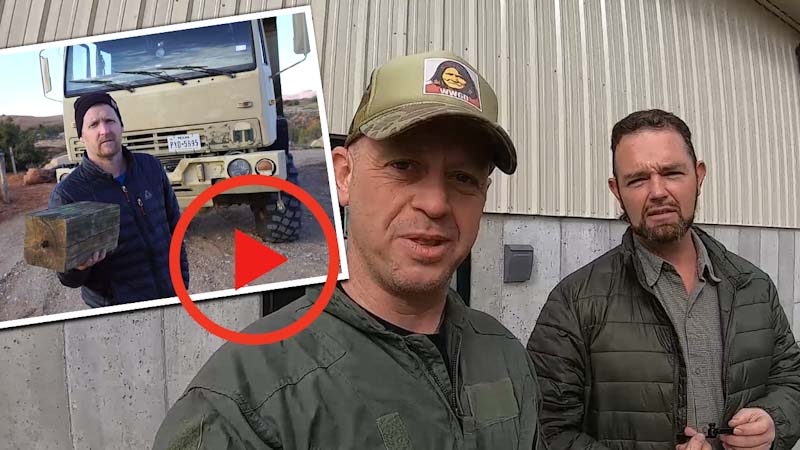
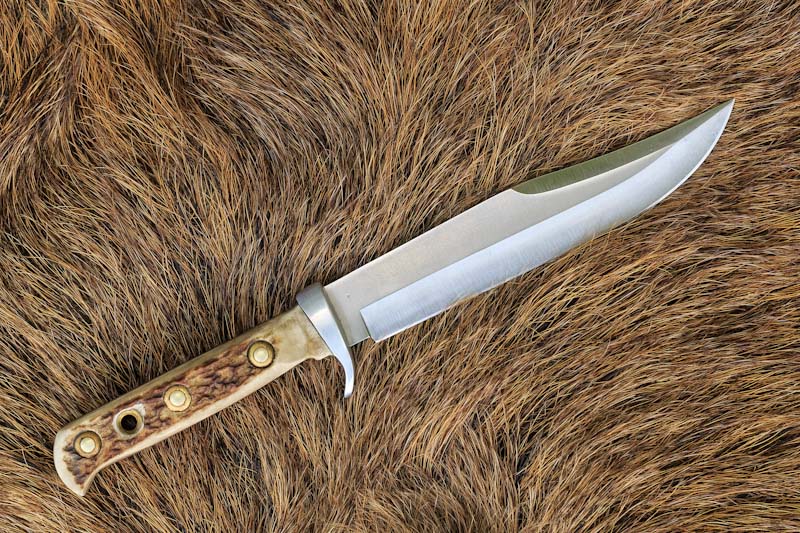

Jesse | May 10, 2014
|
Good article but now everyone knows where you can hide stuff!
Frederick Tyrrell1 | May 11, 2014
|
Hi, Jesse
These are only some of my hiding places. There are others that I am experimenting with; but preferred to go with tried and reliable ones at this time. Stay tuned though, I might write about others in the future. 😉
Rob Lane | May 10, 2014
|
Anyone who has ever held a hammer can tell you that the distance between studs is 14 1/2 inches (on 16″ centers) or 22 1/2 inches (on 24″ centers). Also, digging near a support post base in a dirt basement is a bad idea– you can weaken the support, or, if the house was built properly you will dig down a few inches and hit the concrete pad that ‘foots’ the post. Instead, dig your cache 1/2 way between posts.
Also, in tornado country it is foolish to cache anything in the structure– instead, go to the basement area or under the ground, as in a flower bed where disturbed soil is not unusual. Thieves aren’t the only things that can carry away your stored items.
Frederick Tyrrell1 | May 12, 2014
|
Fred
In modern houses – you are correct – most codes say 16 inches on center for studs. However, there are many older homes that have 18 inch or even somewhat irregular stud distances. For example, my home was built over 60 years ago by a very interesting contractor. He did everything from install light switches upside down to having irregular studs in the walls. I should have been more clear about the actual space between studs; so thank you for catching that oversight.
With regard to storing things near foundation posts vs. the center; I define “near” as 5 – 10 feet away from the post or foundation. I would not bury anything right next to either one because buildings settle over the years. Even if the foundation doesn’t cave in, that pressure can destroy your cache without you realizing it. That said, you can use the floor support beam as a point of reference for where cache is in the dirt below.
I have considered using flower beds, however people with metal detectors will find it very easy to detect and dig up metal supplies. It would be harder to detect under the house because pipes and other objects disguise the metal signature.
lestip | May 11, 2014
|
how about ideas for small apartment urban storage ? ? ?
admin | May 11, 2014
|
We recommend you to read this Survivopedia article about prepping when you don’t have enough space for stockpiling: http://www.survivopedia.com/smallstockpile/.
Thank you for asking and also for your feedback.
Aprill | May 12, 2014
|
What about hiding stuff up in trees?
Most folks, when looking for something, rarely look up.
I suppose you’d have to use really dense trees and fix some way to secure the items.
Frederick Tyrrell1 | May 12, 2014
|
You can put stuff in trees overnight; but not for long term; unless there is a natural, non-healing hole in the tree and you know its depth. In general, both storage and retrieval in trees is difficult and dangerous. For example, if cut off a large tree branch, the tree will heal over the site. Even a year later, you may have a hard time getting at your supplies, and may even need a tree surgeon to cut the area open safely. By the same token, if you create a hollow in the trunk of the tree, it may weaken the tree enough to cause it to die.
Madcow | May 15, 2014
|
One area that has been overlooked is under the empty space behind the skirting of large pieces of furniture (i.e., sofas, ottomans, living room chairs, foundations on mattress sets). Flip pieces of furniture over and you will probably find spaces that are covered only by a tacked on, nonwoven fabric dust cover underneath the furniture. This can be easily removed as they are usually held in place by staples and this will reveal a space underneath where you can place several items, then tack on a thin sheet of plywood or particle board to hold the items in place up under the furniture, and then replace the dust cover using staples. This will make the piece of furniture heavier, depending on what you place in it. Many tables also have a spare space under the wooden skirt that could be fitted with a false bottom in which to hide things. Another area to look to see if there is room to place items, like regular sized canned goods, would be to pull out the drawers in the kitchen or bathroom vanity to see if there is space there behind the drawer in which to hide items with the drawers still being able to close completely. What about adding a narrow shelf high above the door inside closets? If it’s a small closet most people will only stick their head in and look at the regular shelves, the floor, and what might be behind clothing or items stored in it, but not look straight up when standing inside the doorway, especially if it’s a small closet. Even a full false ceiling in a closet would probably be overlooked. Also, all these places are climate controlled within your house and will provide food items their longest storage life. I know that these are not huge spaces in which to hide things, but you could have several throughout your house and hide quite a few items.
Trish | May 16, 2014
|
Love the article and the info. The comments are also useful. But how do I convince husband, who thinks I’m a bit nutty for prepping, to modify house and closets for storage? I grew up on the streets fighting for survival. He grew up in safe upper-class suburban home. I love him but our world views are very different.
Madcow | May 16, 2014
|
If you aren’t able to get him on board with prepping, best to do it alone. He will thank you one day for it, and as things continue to deteriorate he may come around yet.
Pingback:Easy DIY to Hide Your Goods in Plain Sight | OutLive The OutBreak | May 24, 2014
|
Pingback:How To Keep Your Winter Stockpile Safe | Survivopedia | November 30, 2016
|